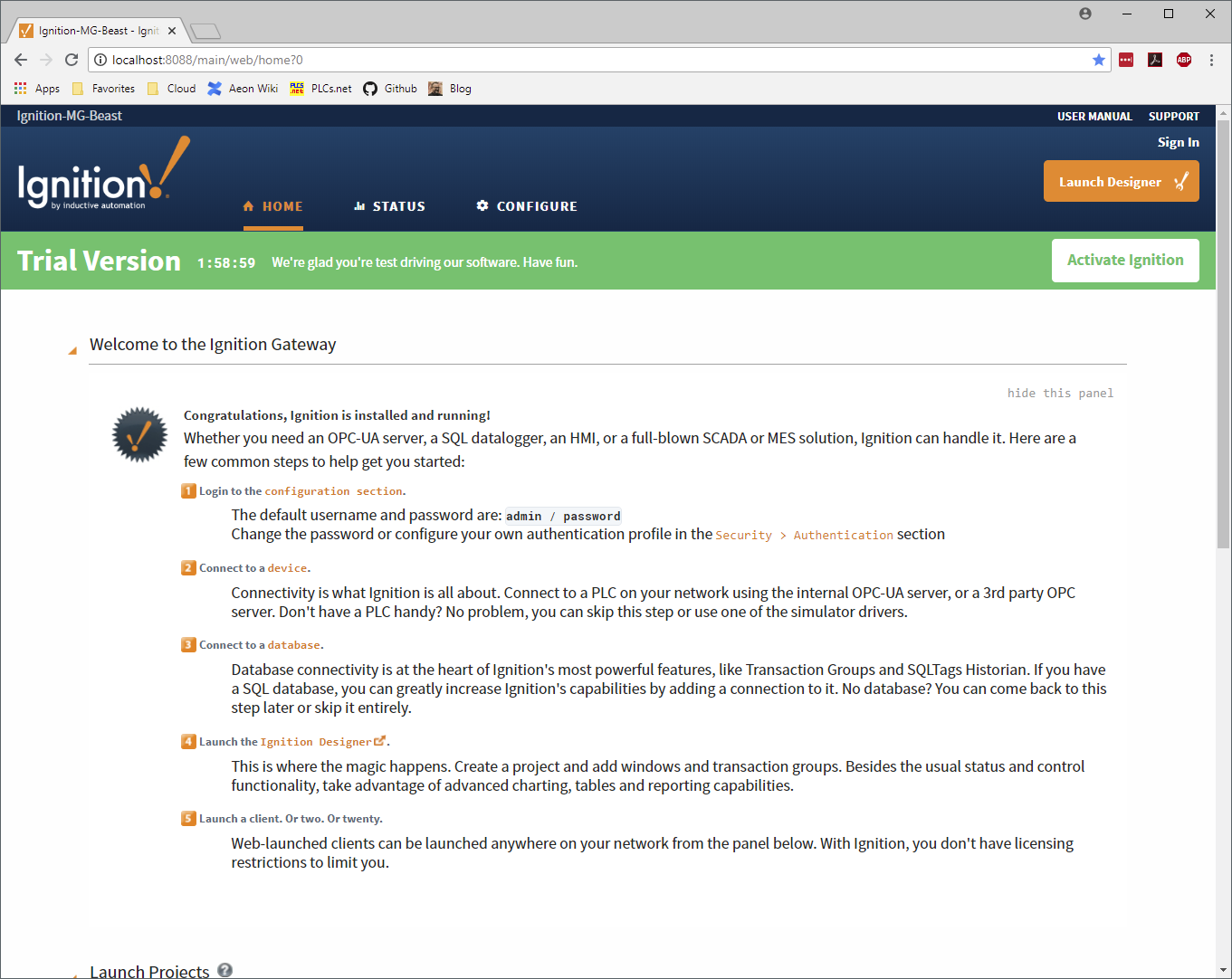

Either of these areasĭrive from the Inductive Automation office. Hotels nearīidwell Street) are newer and also have many food options nearby. You may also explore other accommodations near the "HistoricĪrea (near Sutter Street) with nice restaurants and views of Lake Natoma. Advanced Usage of UDTs, Templates & Components.Here are a few of the topics that will be covered: The course also encourages students to build on top of already existing projects. The format of the course encourages students to ask questions relevant to specific projects they have planned. The curriculum includes some lecture and is mostly demonstration. The course is taught in a computer-lab classroom where each attendee is assigned to a computer. The course is 3 days long with class from 9 AM - 4 PM each day.
#Inductive automation ignition read csv to sql database how to
You will learn how to elevate projects by using Ignition to its full potential. This course goes into more advanced usages of Ignition by using SQL databases to store and query data, and relies on creating Python scripts to interact with the database tables. We recommend that you go through the Scripting section of the Inductive University if you are unfamiliar with scripting. You must have experience using Ignition or have taken the 5-day Ignition Core training course.

Inductive Automation is conducting a 3-day training course on using a database and scripting in Ignition.
Ignition Exchange Community-made Ignition resources. Ignition Maker Edition Made for hobbyist and educational use. Ignition Edge Made for field and OEM devices at the edge. You can then use that test data that you've put together in a static CSV to test out your report until it's finished, and then swap it out for the real database data once you have access to that. You can instead build a static CSV data source, and model it to look like your database tables would. In addition, they also work great when testing out a report, and you don't quite have access to a database yet. Static CSV data sources are really useful, and that they allow you to quickly bring data into your report. In addition, the total calculations worked for column one and column two, but not for column three, because these are string values. Now if I go over to my preview tab, you can see I have all of my data listed here, including the two strings without quotation marks. You can see I'm listing the data for column one, column two, and column three, as well as the totals for each of the three columns. In the report, I've placed a table that contains our static data. Now if we go into the design tab of our report, we can go over to the data sources folder in the key browser, and we can see our static data listed here with columns one, two, and three. You will be able to see in just a minute, that even though these two strings don't have quotation marks around them, they'll still work just fine. Let me demonstrate by adding some additional rows of data. Now while these string values have quotation marks around them, I don't actually need the quotation marks. You can see in column one, I have a couple of integers, in column two, I have a couple of floats, and in column three, I have some strings. The first row is where you can assign names to each of your columns. You'll notice that it comes pre-loaded with some data to demonstrate how it works. Here in the data tab from my report, I'm going to add a new data source. The static CSV data source allows you to quickly bring data into your report.






 0 kommentar(er)
0 kommentar(er)
